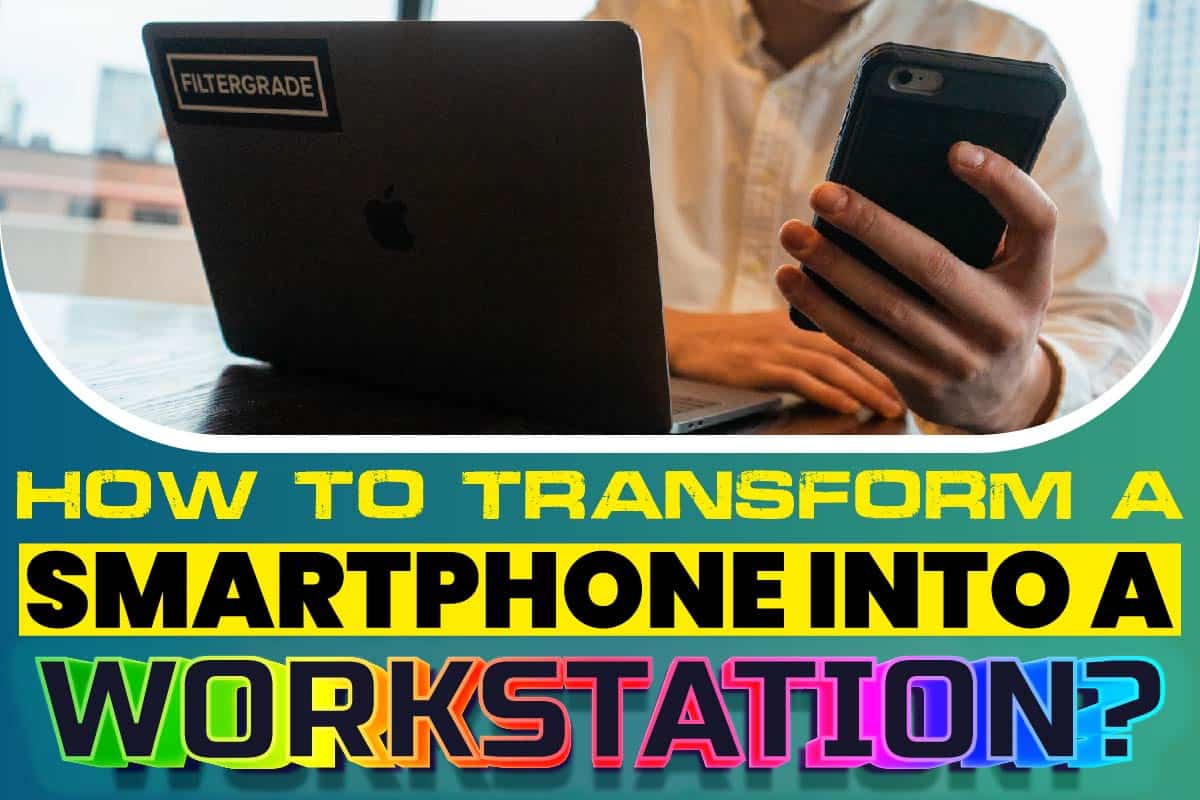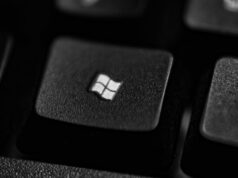Modern smartphones are becoming more and more powerful as their computing power and data storage keeps expanding. Most devices found in people’s pockets today could easily outperform a decent computer from several years ago.
However, a considerable number of smartphone users still haven’t discovered a way to unleash the power behind the tech. As a result, mobile phones are still used primarily for communication, entertainment, and online searching. For the most part, people don’t see these handheld devices as suitable for work.
Yet, your smartphone could become an ideal tool for work with only a handful of accessories. Get the right setup, and you’ll suddenly have a mobile productivity center that you can bring along wherever you go.
Here are the essential gadgets you’ll need to turn your smartphone into a professional workstation.
Hubs And Docking Stations
The first peripheral you’ll need to connect everything else to your phone is a USB-C hub. These hubs expand the connectivity options of your smartphone far beyond a single port, making it possible to plug in multiple devices.
Depending on your needs, you could get a hub with USB, HDMI, and Ethernet ports, as well as a built-in SD card reader. While USB hubs are intended for laptop use, most of them will function seamlessly with mobile phones. Getting a hub will allow you to connect an external mouse, keyboard, and monitor to your smartphone and enjoy a wired internet connection while you’re at it.
Owners of some more advanced phone models might have an even better option than USB hubs – a docking station. While docking stations perform similar functions as hubs, the main advantage is that they’re specifically designed for expanding mobile phone functionality.
A docking station will connect the phone with the essential peripherals, some of which will run mobile apps in a Windows environment. This means the mobile setup will function as a PC, to the extent of displaying websites in their desktop versions.
A Portable Monitor
Even though smartphone screens keep getting larger to the point of almost reaching tablet dimensions, most users find their displays too small for work. In fact, depending on your profession, getting anything done on your phone might be entirely impossible.
Certain solutions exist for connecting a smartphone with external monitors or even TVs. You can use the display’s HDMI port with an adapter or create a wireless connection by casting or mirroring your phone screen onto the larger display.
The problem with these options is quite apparent: You’ll need constant access to a display device and won’t be able to take your work with you. This approach is inconvenient since it pretty much takes the ‘mobile’ out of your mobile workstation.
That’s where portable monitors come in. They represent a light, elegant solution that will allow you to turn any location into an office. However, as the thing you’ll be looking at for hours on end, finding the right monitor will be crucial – not every display will do.
Luckily, as technology has advanced, some excellent options have become available. You can now find portable monitors with high resolution, impressive response time, and great connectivity.
Recently, Lumonitor came up with a device that offers all that and more. These portable monitors have 4K resolution, a built-in battery, 10ms response time, and multiple high-quality ports. Lumonitor is compatible with every type of operating system and mobile device on the market, making it ideal for your smartphone workstation setup. Finally, you might not even need certain peripherals when using this display, as it functions as a touchscreen device.
Once you connect the phone to the portable monitor, your layout will start taking shape. With a much clearer picture in front of you, setting up other peripherals will become considerably easier.
Memory Options And Data Transfer
Certain smartphone models can have gigabytes of internal memory and even support memory cards. However, when you turn the phone into a center for work, the available memory might prove insufficient. In that case, some additional storage will come in handy.
Even if your USB hub already features a memory card reader, it might be a good idea to invest in a standalone device. Having another card reader will expand your phone’s capacity and can be convenient for quickly importing media files.
You don’t have to limit your options to Micro SD cards, though. Flash drives will be just as useful, and you can use them with your smartphone even without a hub. There are mobile-friendly USB sticks that feature both a regular and a Micro or USB-C plug. Making these gadgets a part of your setup will ensure you have no issues when transferring data between different devices.
The Right Type Of Keyboard
When you get most of your workstation set up, you probably won’t want to stick to writing on your phone’s virtual keyboard. These can, of course, be quite efficient but are still no match for quality hardware options.
Most people won’t even attempt to write any longer texts on their smartphones. Instead, they’ll turn to their desktops for a faster and more accurate writing session. Once you enable proper connectivity on your phone, you’ll have the luxury of a computer keyboard while remaining fully mobile.
There are many choices you’ll need to make when deciding between the wide variety of keyboard options. Connectivity-wise, you can plug the peripheral in via cable or opt for a wireless connection.
Keyboards also come in different shapes and sizes, and you’ll probably want to get a smaller or even foldable model for easier packing. Plenty of keyboards don’t have a number pad and are slimmer around the edges, which makes them ideal for mobility. And if you find the exclusion of the number pad too inconvenient, you can get that piece separately.
Mechanical keyboards also come in compact sizes, so you can enjoy their feel and sound on the go. Whatever solution you choose, an external keyboard will make working on your phone much easier.
All of the mentioned peripherals can fit into a small backpack or, even better, a bag specifically intended for carrying tech gadgets. With the equipment in place, you’ll be able to turn your phone into a real powerhouse and take your work with you at any time.





![error [err_require_esm]: require() of es module :Fix It Fast error [err_require_esm] require() of es module Fix It Fast](https://www.mainenewsonline.com/wp-content/uploads/2024/09/error-err_require_esm-require-of-es-module-Fix-It-Fast-238x178.jpg)



